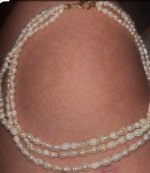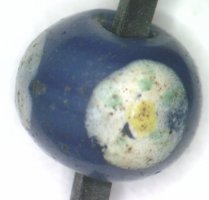Lagoon Island Pearls
Well-known member
- Joined
- Dec 8, 2009
- Messages
- 2,143
You asked questions and invited comments.It might be a cultural thing, American English not being quite the same as UK English, but there’s quite a whiff of newbie bullying along with the skepticism here. I had rather hoped to find a nice place for discussion and sharing of my passion. You will forgive me if I now bail from the conversation and with regret stick with my local experts.
The tenets of objective science are not set aside for feelings.
You were asked to support your assertion with certifiable documentation.
That's not bullying, it's due diligence and a mandatory baseline for investigation. This kind of "turning tables" is suspicious and a common antic used by charlatans. I was skeptical then and more so now. Draw attention to an item with an assertion, invite comments about lesser pieces accompanying them. It's an often used specious tactic, leaving the illusion everyone agrees the assertion is correct at face value, instead of being properly vetted.
Do you not "feel" it more appropriate to simply post the certificates than berate experts who have volunteered time from their lives to respond to your invitation for commentary?
I apologized several times for the tenor of my statements and submit it's not with the intention of bullying, but that doesn't fit your narrative. Hence ending my involvement in discussion about pearls of dubious origin.
Last edited:


